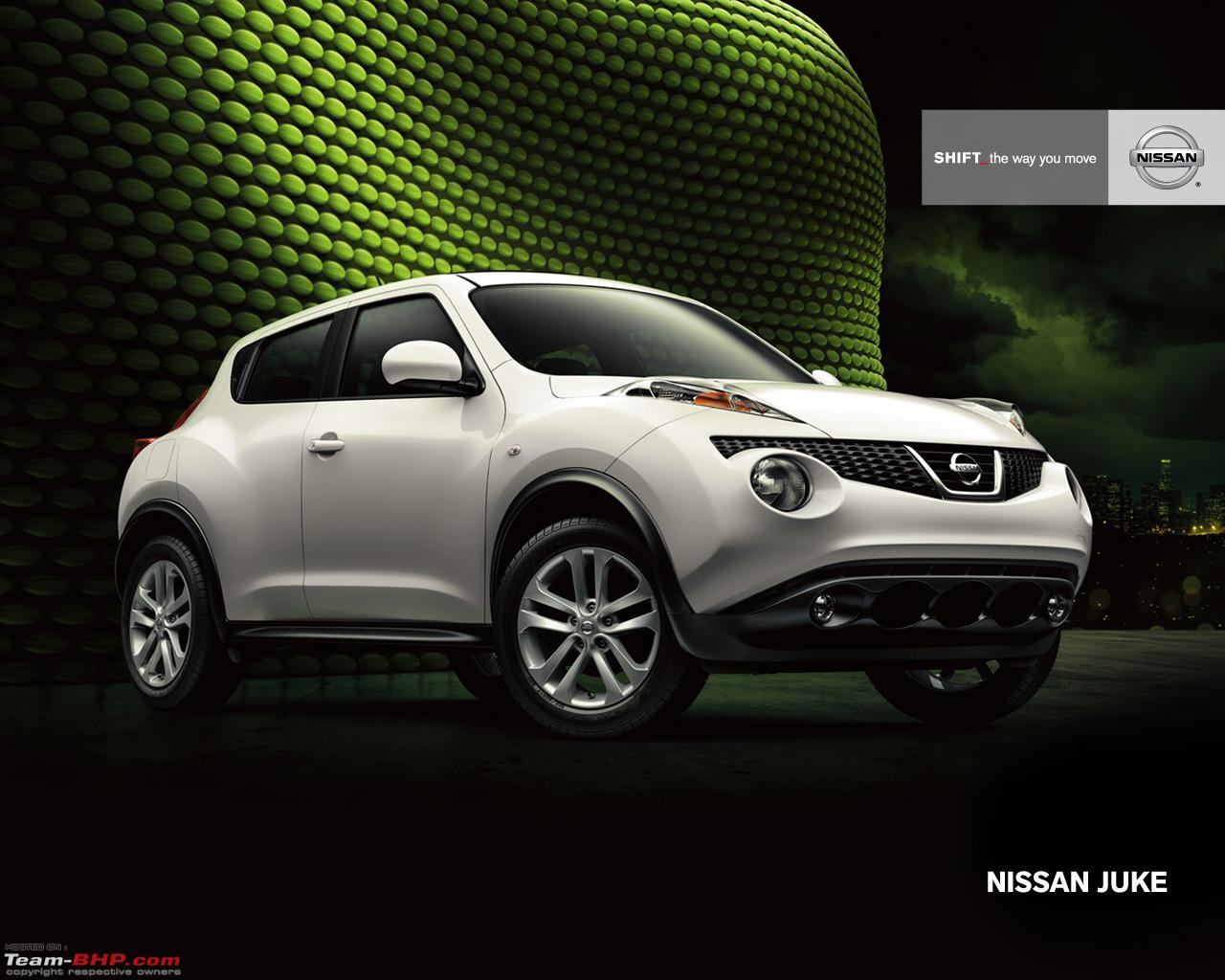
Using multiple SoCs, Adam integrates the redundancy and diversity necessary for safe autonomous operation. With more than 1,000 trillion operations per second (TOPS) of performance provided by four DRIVE Orin systems-on-a-chip (SoCs), Adam can power a wide range of intelligent features in addition to perception, with enough headroom to add new capabilities over the air. Data from these sensors is fused and processed by the centralized Adam supercomputer for robust surround perception. The SUV is the first to incorporate NIO’s watchtower sensor design, combining 33 high-performance lidars, radars, cameras and ultrasonics arranged in around the vehicle. The technology inside the ES7 is the core of what makes it a category-transforming vehicle. It also includes a camping mode that maintains a comfortable cabin temperature with lower power consumption and immersive audio and lighting. The intelligent EV sports 10 driving modes, in addition to autonomous capabilities that will gradually cover expressways, urban areas, parking, and battery swapping.

With the ES7, NIO is adding even more to the SUV category, packing it with plenty of features to please any driver. As powertrain and design technology developed, the category has flourished, with some automakers converting their fleets to mostly SUVs and trucks. SUVs gained a foothold among consumers in the late 1990s as useful haulers for people and cargo. Its sporty yet elegant body houses an array of cutting-edge technology, including the Adam autonomous driving supercomputer, powered by NVIDIA DRIVE Orin. This week, the electric automaker unveiled the ES7 SUV, purpose-built for the intelligent vehicle era. Now, NIO aims to amp up the volume further. In this way, it turns the charging load of electric vehicles into a frequency-responsive load which helps regulate system frequency from the demand side and reduces the need for under-frequency shedding of other consumer loads.Accounting for nearly half of global vehicle sales in 2021, SUVs have grown in popularity given their versatility. The controller responds automatically to large drops in grid frequency by shedding the vehicle’s charging load, and resumes charging once the grid disturbance has passed. A charge controller and a switch connected to a battery charger receive respective identified control actions for managing the charger. The controller continuously monitors power grid frequency and compares it to a predefined tolerance band, then applies it to a programmable logic controller. By contrast, the Argonne-developed system operates from the demand side, relying on a highly responsive frequency-sensing charge controller. The system minimizes the burden on the power grid and provides significant benefits to electric utilities by providing a frequency-responsive load.Ĭurrent systems that regulate electric power lie almost exclusively on the supply side, requiring utilities to constantly adjust the power output of their generating units to match consumer demand. To counter these challenges, Argonne’s system uses frequency-sensing charge controllers that provide automatic demand response and regulation service to the grid by reducing or turning the charging load completely off if the system frequency falls below given threshold, and turning it back on after the balance of supply and demand has been restored.

Large numbers of cars needing a charge at the same time could potentially tax the power grid unduly. In this way, they maintain balance in supply and demand and avoid severe imbalances that could lead to a system blackout. Their emergence also raises a host of issues regarding how, where and when car batteries should be charged-and the resulting load on the power grid.Įlectric utilities strive to avoid large fluctuations in the power supply and keep the system’s frequency stable at 60 Hz.

The InventionĪ “smart” frequency-based charge controller ( FBCC) system for electric vehicles and a method for implementing demand response and regulation services to power grids.Īs plug-in hybrid electric vehicles and battery electric vehicles become more popular, they create additional demand for electricity. Argonne’s smart controller ( FBCC) is shown on top.

Sustainable Acquisition and ProcurementĬharging circuit.Nondisclosure and Material Transfer Agreements.Collaborative Partnerships Open Sublist.


 0 kommentar(er)
0 kommentar(er)
